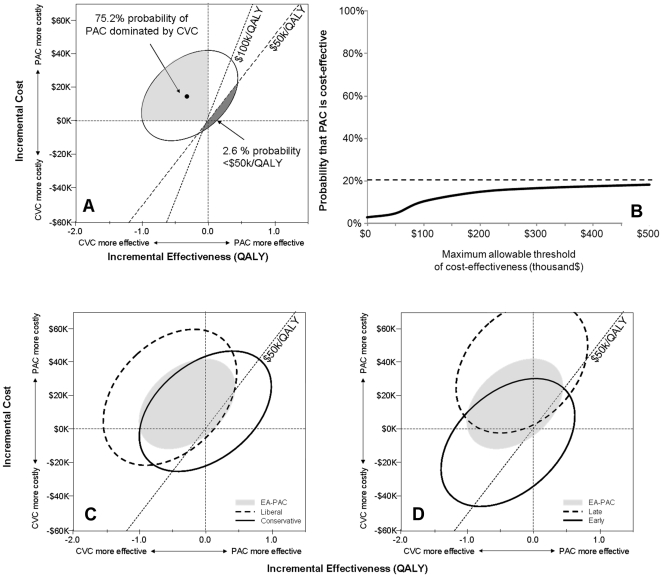Figure 5. Cost-effectiveness of the Pulmonary Artery Catheter.
The mean estimate of incremental costs and effects suggest that the PAC is both more expensive and less effective (panel A). The 95% confidence ellipse only marginally dips below the 50 k/QALY willingness-to-pay threshold with the vast majority of trials agreeing with the mean estimate that the PAC is an inferior strategy. The corresponding cost-effectiveness acceptability curve conveys the probability of the PAC to be cost-effective at various willingness-to-pay thresholds (Panel B, x-axis). Even if willingness-to-pay was unlimited, there is only a 20.8% probability of the PAC to be cost effective (Panel B, dotted line). The PAC displays a better cost-effectiveness profile in subjects treated with a conservative fluid strategy (panel C) than those receiving a liberal strategy. A similar trend is seen in subjects where the study protocol was instituted early after enrolment (panel D). Yet, for both subgroups, there was a high probability for the PAC to be an ineffective strategy.

